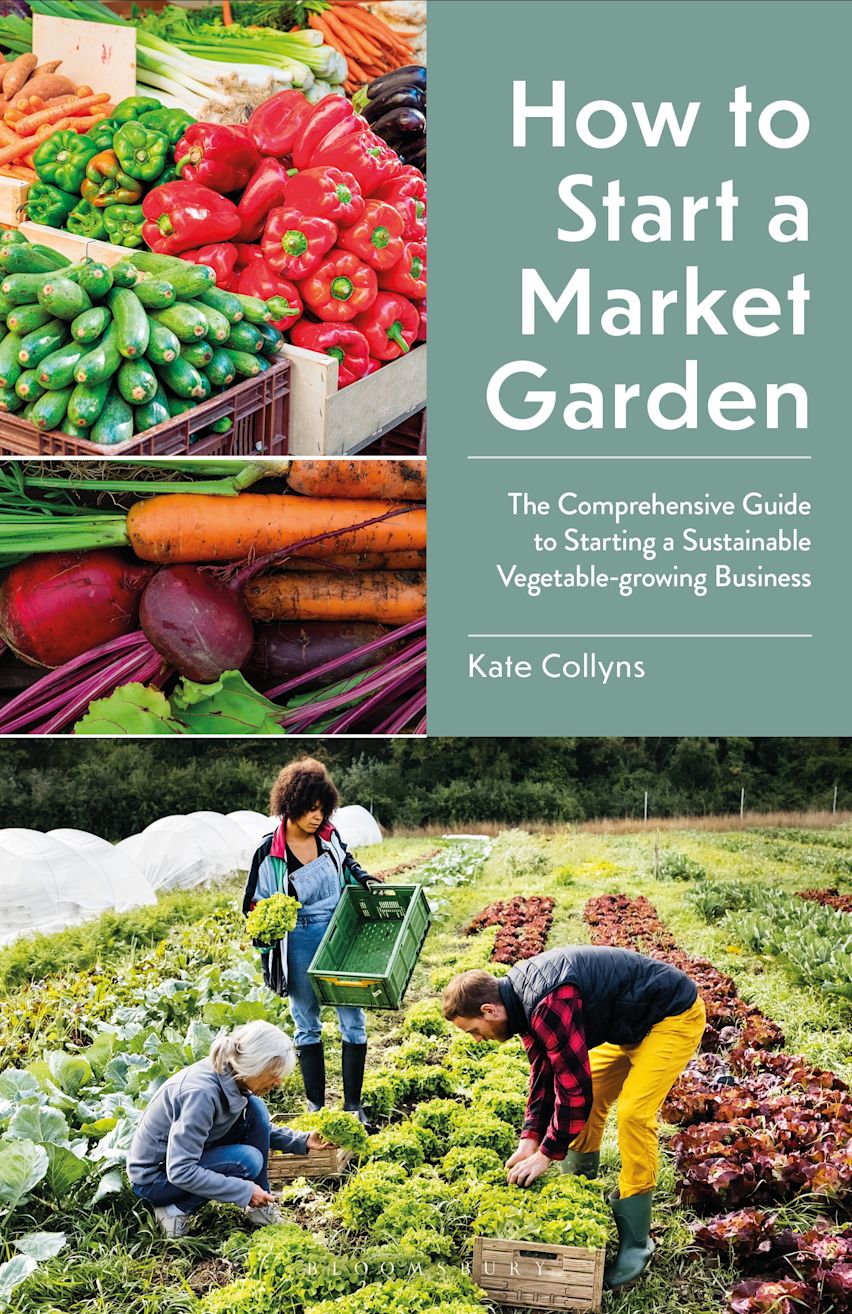Introduction
Starting a market garden is a rewarding way to grow fresh, organic produce while building a sustainable business. Whether you want to supply local farmers’ markets, restaurants, or community-supported agriculture (CSA) programs, a market garden focuses on intensive vegetable and herb production on a small scale. This article will guide you through the essential steps to start a successful market garden, from planning and soil preparation to crop selection and marketing strategies.
Understanding What a Market Garden Is
What Defines a Market Garden?
A market garden is a small-scale farm dedicated to growing a variety of vegetables, fruits, and herbs primarily for direct sale to consumers. Unlike large-scale agriculture, market gardening emphasizes intensive cultivation using sustainable practices, often on parcels ranging from a quarter-acre to a few acres.
Benefits of Starting a Market Garden
- Diverse crop production allows for year-round income.
- Close connection to local consumers promotes community support.
- Flexibility in scale and methods suits different spaces and budgets.
- Potential for sustainable, organic practices that enhance soil health.
Planning Your Market Garden
Assessing Your Resources and Location
Before planting, evaluate your available land, soil quality, water access, and climate. Consider:
- Soil testing to check nutrient levels and pH.
- Sunlight exposure, since most vegetables require 6+ hours of direct sun.
- Water sources for irrigation.
- Local zoning laws and permits related to farming and selling produce.
Choosing Your Crops
Select crops based on market demand, growing conditions, and your expertise. Popular market garden vegetables include:
- Leafy greens (lettuce, spinach, kale)
- Root vegetables (carrots, radishes, beets)
- Herbs (basil, cilantro, parsley)
- Tomatoes, peppers, cucumbers
Diversify to reduce risks and appeal to a broader customer base.
Preparing the Land and Soil
Soil Preparation Techniques
Healthy soil is the foundation of a thriving market garden. Employ these strategies:
- Add organic matter like compost to improve fertility and structure.
- Use cover crops to fix nitrogen and prevent erosion.
- Avoid chemical pesticides and fertilizers to maintain organic standards.
Creating Raised Beds and Efficient Layouts
Raised beds improve drainage and soil warmth, allowing for intensive planting. Design your garden layout to optimize:
- Crop rotation to prevent disease buildup.
- Pathways for easy access and maintenance.
- Irrigation systems such as drip lines to conserve water.
Starting Your Market Garden: Planting and Maintenance
Planting Techniques
- Start seeds indoors or buy seedlings to extend your growing season.
- Use succession planting to ensure continuous harvests.
- Space plants properly to maximize yield and airflow.
Maintenance Practices
- Regularly weed and mulch beds to retain moisture.
- Monitor for pests and diseases using integrated pest management (IPM).
- Harvest crops at peak ripeness to ensure quality.
Marketing and Selling Your Produce
Identifying Your Market Channels
Common options include:
- Farmers’ markets
- Local restaurants and food co-ops
- CSA subscriptions
- Online sales and farm stands
Building Customer Relationships
- Offer samples and educational materials about your growing methods.
- Be transparent about your sustainable practices to build trust.
- Use social media to update customers and promote your harvest.
Pricing Strategies
- Research local market prices to stay competitive.
- Factor in costs like labor, seeds, and packaging.
- Consider value-added products like fresh-cut herbs or salad mixes.
Conclusion
Starting a market garden requires thoughtful planning, dedication, and adaptability. By understanding your land, selecting the right crops, and engaging with your community, you can create a sustainable and profitable venture. Remember, success grows with experience—start small, learn continuously, and enjoy the journey of cultivating fresh food for your market. Ready to dig in? Begin your market garden today and watch your efforts flourish into a thriving local food source.
